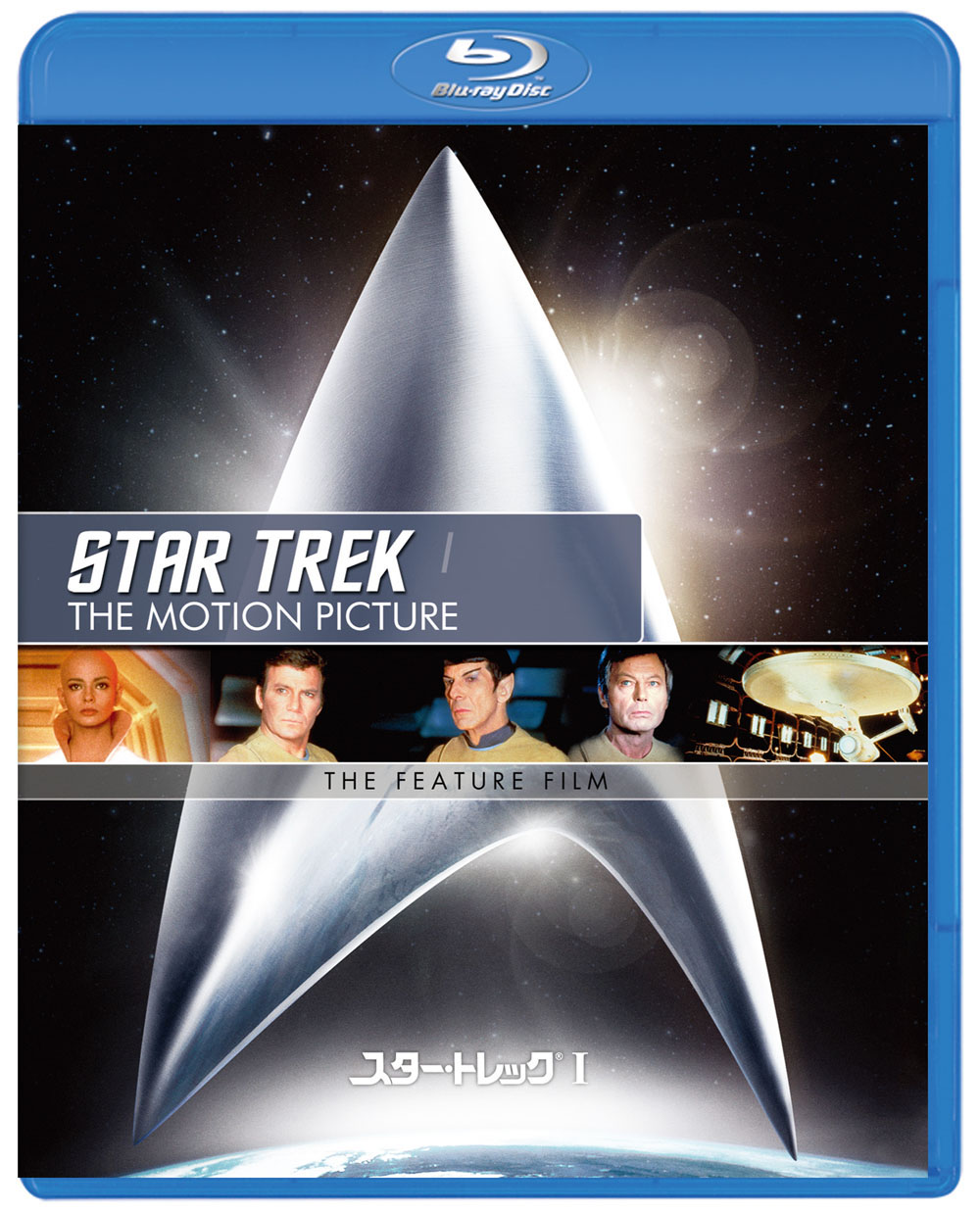
(c) Photofest / Getty Images
The struggles of the special effects staff who created the movie “Star Trek: The Motion Picture” and what they left behind Part 1
RA&A's departure and what they left behind
Paramount sent Yurisich to RA&A as a supervisor and liaison, and also gave Trumbull an unpaid consultant position from January to March 1979. However, this was just a lie, as Paramount confiscated most of the equipment from FGC, including nine 65mm cameras and an optical printer, and provided it to RA&A. As a result, all research and development at FGC, including Showscan and Cineride, came to a halt. Furthermore, no GO has been given to the project for Trumbull's theatrical directorial work ``Brainstorm'' (*21), which is scheduled to use ShawScan. It was truly Trumbull's punishment for defying his parent company.
However, Paramount dropped RA&A from the project in March 1979 and reappointed Trumbull as special effects director. The reason is that 13 months have passed since the start of the project, and although the live-action parts have been filmed, the special effects work has been significantly delayed. So Katzeberg (*22), who was the de facto producer, decided that if things continued as they were, they wouldn't be able to make it in time for the release date. (*twenty three)
However, this is only Paramount's opinion, and RA&A said, ``The work was delayed because the scenario had to be rewritten many times, and the storyboards had to be changed accordingly, making it difficult to get started on the actual work.'' '' he claims. In fact, art director Richard Taylor rewrote every storyboard four times. Along with this, new visual effects scenes were added, increasing the number from the original 140 shots to over 500, and the budget continued to grow.
Although RA&A's departure was disappointing, the concept of previsualization created by Able, Kovacs, and others has become commonplace in film production today. It can be said to be an indispensable presence, especially in works that use a lot of visual effects.
After that, Kovacs continued to develop CG at RA&A, and became independent in 1984. He founded Wavefront Technology and began marketing the advanced CG software ``Preview.'' The company has repeatedly merged and acquired various companies and integrated their products. Today, it has evolved into a software called `` Maya '' by Autodesk, and it has become so popular that it is difficult to find a movie or The Game that does not use it.
*21 This project was to use ShowScan to depict a device called ``BrainScan'' that allows people to relive other people's memories and past sensations. It was later made into a film by MGM as ``Brainstorm'' (1983), but the use of ShowScan was abandoned because the equipment cost per theater was between 50,000 and 100,000 dollars. The alternative was to shoot regular scenes in 35mm 4P with an aspect ratio of 1.66:1, and shoot brainscan scenes in 65mm 5P with an aspect ratio of 2.35:1. The frame rate for both is 24fps.
*22 In the credits, Roddenberry is listed as the producer, and John Poville, who was in charge of script editing for ``Star Trek: Phase II'', is listed as the associate producer. However, what actually carried this movie through to the end wasKatzebergwas.
*23 Having said that, this situation is no different from Star Wars. When Lucas returned from live-action filming in the UK, ILM had only completed one cut. In comparison, RA&A was able to complete the interior depiction of the wormhole scene. However, while ``Star Wars'' was basically funded by 20th Century Fox, ``Star Trek: The Motion Picture'' had multiple investors. Therefore, if the release date is delayed by even one day, there is a risk that Paramount will be subject to a class action lawsuit. Therefore, they probably decided that it was necessary to give up at this point.
Incidentally, although the depiction of the inside of the ship in the wormhole scene appears to have been created using video feedback, it was actually created using 35mm film. Robert Swath uses a rotoscope to extract bright spots in the screen, rear-projects them, and retakes them with a motion-controlled camera. At this time, the camera was moved with the frame and shutter fixed, creating a streak image that looks like flowing light.
[References]
Cinefex 4, Bandai (1984 Spring)
DVD " Star Trek: The Motion Picture Director's Edition Special Complete Edition " Paramount Home Entertainment Japan (2002)
Written by Yasushi Kishikawa: " Star Trek Official Database Authorized by Paramount " Bunkasha (1998)
Michael Benson: “ 2001: Kubrick, Clark ” Hayakawa Shobo (2018)
Click here for the second part
Text: Takayuki Oguchi
In 1982, he became the director of Japan's first CG production, JCGL. After working as the head designer for the IMAX Dome 3D video "Universe 2 ~Sound of the Sun~" at the Fujitsu Pavilion at EXPO'90, he became a freelance video creator. Won an Emmy Award for the NHK special ``Life: A 4 Billion Year Distant Journey'' (1994). His most recent work is the storyboard for the NHK special ``Space Spectacle'' (19). He is also a video journalist specializing in VFX, CG, 3D movies, art animation, exhibition videos, etc., and has contributed numerous articles to film magazines, theater pamphlets, the web, etc. In addition to being a visiting professor at Digital Hollywood University, he is also a part-time lecturer at Tokyo University of the Arts, Graduate School of Animation, Waseda University, Faculty of Science and Engineering, and Japan Electronics College.
(c) Photofest / Getty Images

"Star Trek: The Motion Picture I/Remastered Special Collector's Edition"
Blu-ray: 1,886 yen + tax / DVD: 1,429 yen + tax
Publisher: NBCUniversal Entertainment
Copyright (C) 1979 by Paramount Pictures Corporation. All Rights Reserved. (C)2010 Paramount Pictures Corporation. STAR TREK and related marks and logos are trademarks of CBS Studios Inc. All Rights Reserved.
* Information as of January 2020.

